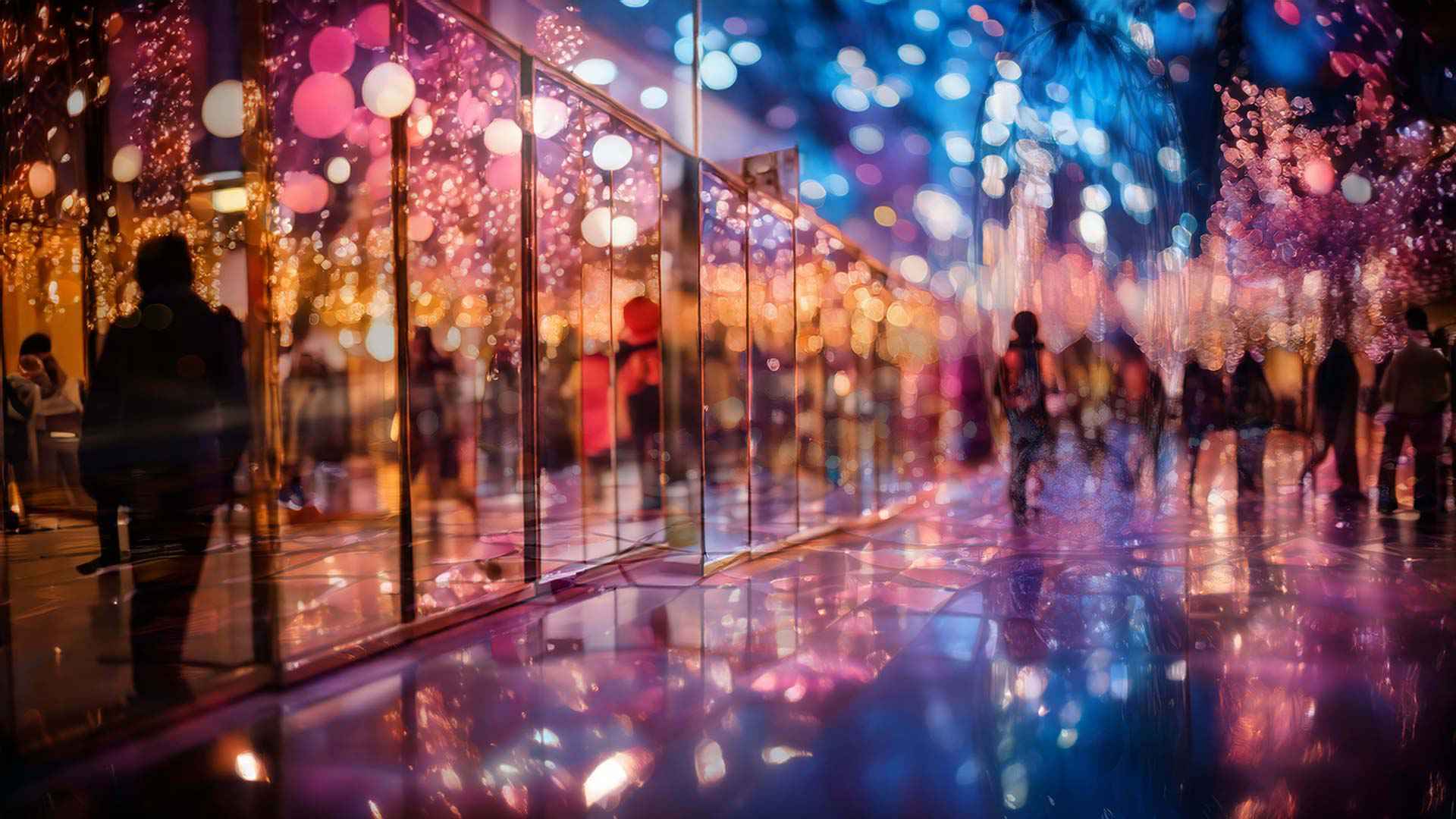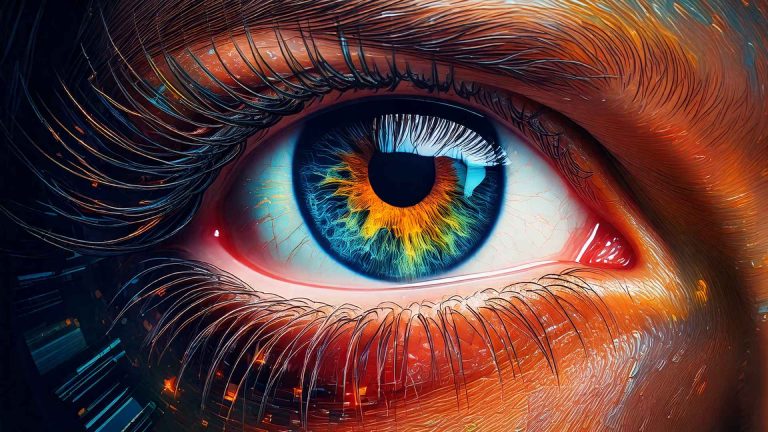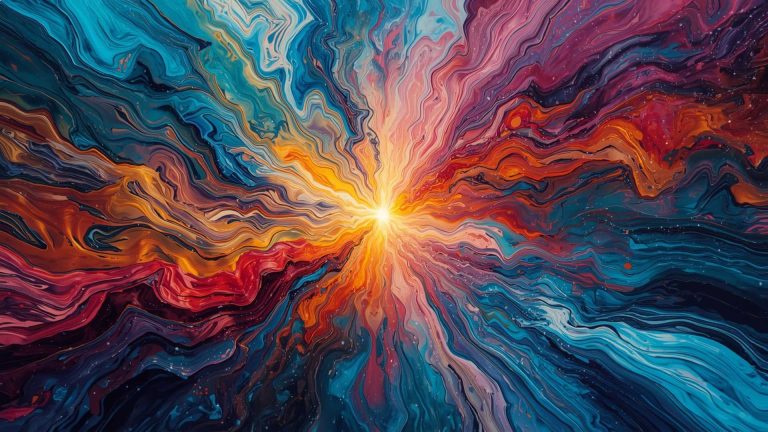How mirrors transform art
Read time 1 minute 30 seconds
irrors have always been more than just reflective surfaces—in the hands of artists, they become powerful storytelling tools. From Renaissance easels to modern-day installations, mirrors in art do more than show us what’s there; they challenge how we see ourselves and the world around us.
In classical works, mirrors often served as portals into deeper meaning. Take Diego Velázquez’s legendary Las Meninas, where a modest mirror quietly shifts the entire narrative and pulls the viewer into the scene—suddenly, you’re not just looking at a painting, you’re part of it. Or Jan van Eyck’s Arnolfini Portrait, where a tiny convex mirror opens up an entire universe beyond the frame, and blurs the line between presence and absence, viewer and subject.
Mirrors also revolutionized technique. Renaissance artists used them to master perspective and perfect the self-portrait. For creators like Rembrandt and Frida Kahlo, the mirror was more than a tool—it was a gateway to self-exploration, and enabled raw, introspective work that still captivates audiences today.
Dalí created a geodesic surrealist funhouse dome with a mirrored interior for Luna Luna, named Dalidom, meant to induce spatial hallucinations. It expands on his Dream of Venus surrealist funhouse designed for the 1939 New York World’s Fair.
Fast forward to the contemporary art scene, and mirrors take on bold, immersive roles. Think Yayoi Kusama’s dazzling Infinity Mirror Rooms, where endless reflections turn viewers into part of the artwork itself. Or Anish Kapoor’s monumental mirrored sculptures that bend reality and space, and invites the audience to question what’s real. These pieces don’t just reflect—they respond.
Beyond aesthetics, mirrors are rich with metaphor. They symbolize truth, transformation, duality, and desire. In installations, they invite participation, turning spectators into collaborators. Suddenly, the art isn’t just on the wall—it’s all around and includes the viewer.
Mirrors in art don’t just reflect surfaces—they reveal stories and reflect ideas. They challenge perception, spark introspection, and expand the boundaries of what art can be. Whether used for technical accuracy or symbolic exploration, mirrors remain a timeless and versatile element in the creative toolkit.



